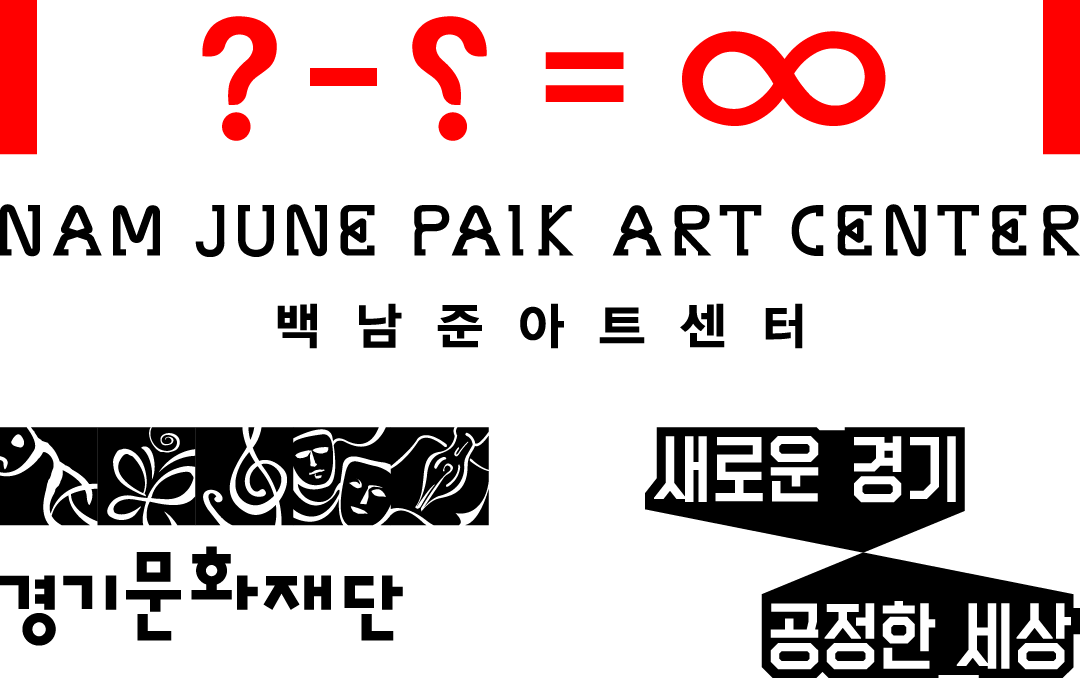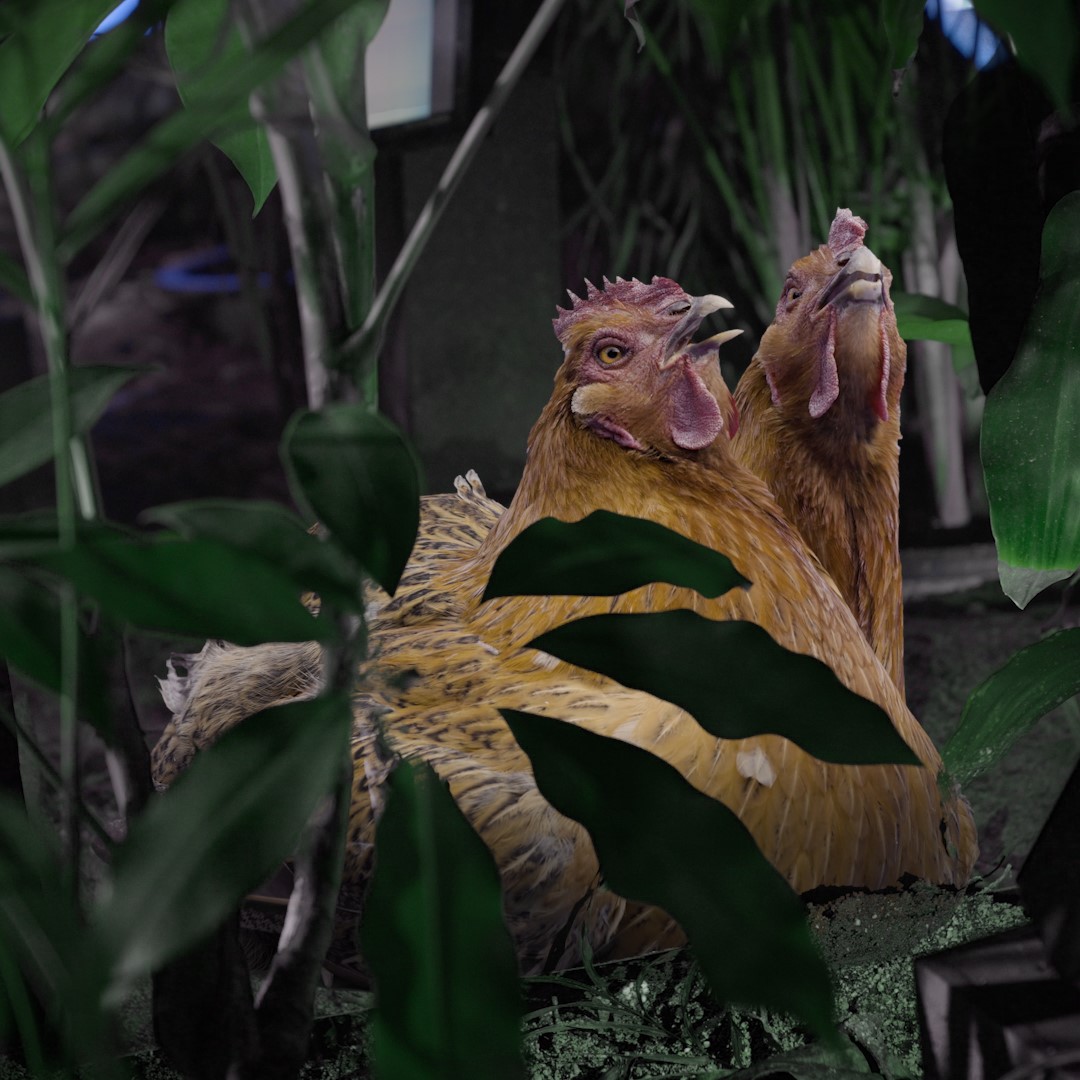
Moojin Brothers, The Trace of the Box – Technicalized Good People, 2022, single channel video, 6min, 16:9(FHD), stereo sound. ⓒMoojin Brothers
Exhibition
Exposition of Music, Do It Together!
Apr 1 — Jun 19, 2022
Date
April 1 ― June 19, 2022
Venue
VR•AR Lounge, 2F, Nam June Paik Art Center
Artists
Heo Daechan, Moojin Brothers, Park Seungsoon, Ro Kyung Ae
Curator
Do Haerin (Independent Curator)
Nam June Paik’s 1963 Exposition of Music – Electronic Television was an exhibition that truly transcended the boundaries of music and visual art, and expanded the meanings of media in its broadest sense. To explore this historic exhibition through a VR app and to share different views on art and technology, here is Exposition of Music, Do It Together! Artists, curators, educators, and visitors among others, are invited to create its experience together. This is also led to online, allowing you to discover the renewed significances of Paik’s “media” art in the age of virtual reality.
Exposition of Music, Do It Together! is also an exhibition where four groups of artists and researchers are invited to present artistic, cultural, and social commentaries on the VR experience of Paik’s early work. We present choreographer Ro Kyung Ae’s See. Touch. Exist (2022), media artist group Moojin Brothers’ The Trace of the Box – Technicalized Good People (2022), sound artist Park Seungsoon’s Virtual Music Exhibition (Draft) (2022), and researcher Heo Daechan’s Waypoint: Wuppertal, Gwacheon, Yongin and (2022). The video works of each will be released in 10th May, and the workshops in relation to this are scheduled for different participants from 13th May, too.
Artists
Ro Kyung Ae
Ro Kyung Ae is a choreographer, researcher, and an art educator. She majored in choreography at ArtEZ University of the Arts in the Netherlands, and she worked as a member of the Belgian collective group CABRA until 2016. Ro works by questioning about simple and basic things such as signs, listening, combining and placing. She has been experimenting with unique choreography and research methodologies, thinking about these questions in an artistic way. Mainly based on performance, Ro has been expanding the work into exhibitions and research projects and sharing the methodology and perspective of work with the audience. She has participated in exhibitions held at Ob/Scene Festival, Art Sonje Center, Seoul Media City Biennale, Nam June Paik Art Center, Leeum, and Festival Spring.
Moojin Brothers
Moojin Brothers is a media artist group that consists of Jung Mujin, Jung Hyoyoung, and Jung Youngdon. Moojin Brothers explores the basis of our life by capturing unfamiliar and extraordinary senses and images from the stories of the people surrounding them. They reconstruct pieces of thought that they discovered in the lives of ordinary people in different artistic ways, thereby finding artistic meaning. Moojin Brothers attempts to see and reflect on the complicated times stuck in a contemporary timeline from a wider perspective. To this end, they overlap the spaces and events of the present with language or mythical images of classical texts and present them through technological media of various times.
Park Seungsoon
Park Seungsoon is an electronic music composer creating a variety of innovative media projects as a cross media artist, and has also extensively researched Convergence Arts Management. Park presented a paper titled “Mixed Scape: Development of Framework and Artwork for Auditory Correspondence in Mixed Reality” at the International Society of Computer Music (ICMC) in 2021. Based on this, Park has been working on the interdisciplinary research and projects between art, technology, and industries on the artistic use of “Soundscape” that can be transformed according to the reality-artificial-virtual spectrum. He is an adjunct professor at the Korea National University of Arts and the executive director of the music tech startup NEUTUNE.
Heo Daechan
Heo Daechan majored in art theory and design. Heo has been researching and curating throughout the field of culture and arts based on technology and media. He is interested in the present-day environment created by technology and media, the phenomena in it, and human activities. Heo is currently working as a chief editor in AliceOn, an academic director of the Design History Society of Korea, and the head of the Science and Technology Lab of the Jeju Creative Arts Education Lab.
Hosted by
Ministry of Culture, Sports and Tourism, ICOM Korea, Museum Week
Organized by
Cultural Foundation of National Museum of Korea
Curated by
Nam June Paik Art Center
Accompanying Program
Workshop The Language of Senses
Date 2022. 5. 13. – 6. 3. (Fri), (Sun)
Lecturers Alex Jaehyun Kim(Artist), Younglae Ko
Target Anyone who wants to experience a variety of different (non) artistic languages, someone who has a barrier or curiosity on machines
※ You can experience Nam June Paik’s 1963 exhibition Exposition of Music — Electronic Television implemented in Virtual Reality application on Fridays, Saturdays, and Sundays (14:00 – 17:00) during the exhibition period.
※ You can always watch the recording version of VR contents along with the 4 artists’ video works during the exhibition period.
※ We hold a special workshop on Fridays and Sundays (13:00 – 15:00) from 13th May to 29th May.
Contact
031-201-8548
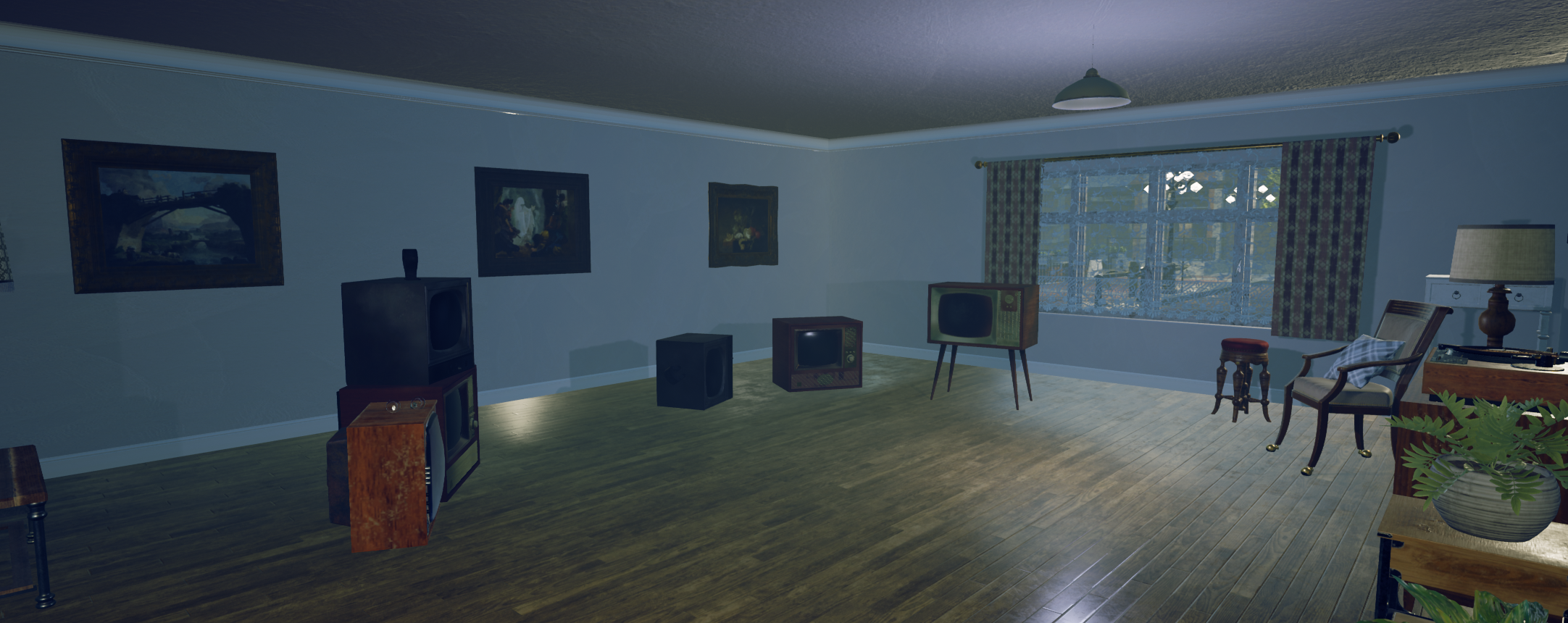
VR App for Nam June Paik’s Exposition of Music — Electronic Television

Nam June Paik Art Center developed an educational app for Paik’s Exposition of Music—Electronic Television held in Wuppertal, Germany in 1963 with Virtual Reality (VR) technology. It was the exhibition that brought televisions and exhibited music in the space of an art gallery. One of the featured works, Random Access, was made up of recording tapes loosely unraveled and attached to the wall. The audiences could scrape the tapes themselves to hear the sound at a desired point. With Experimental Televisions, Paik manipulated and disturbed the images on a television screen unilaterally provided by broadcasting stations. He conducted various experiments to go against the law of time that flows in one direction.
To travel back in time once again and revive the exhibition of the past, Nam June Paik Art Center in collaboration with Dankook University developed a VR app. VR is a technology that simulates experiences similar to a real world in the space constructed by a computer. Since it is mainly developed through a 3D game engine, it makes the users feel as if they are playing a game with their entire body. With the app, audience not only see the work from the past, but also interact with the work using a variety of senses, such as playing with the Klavier Intégral and scraping the tapes of Random Access to make sound.
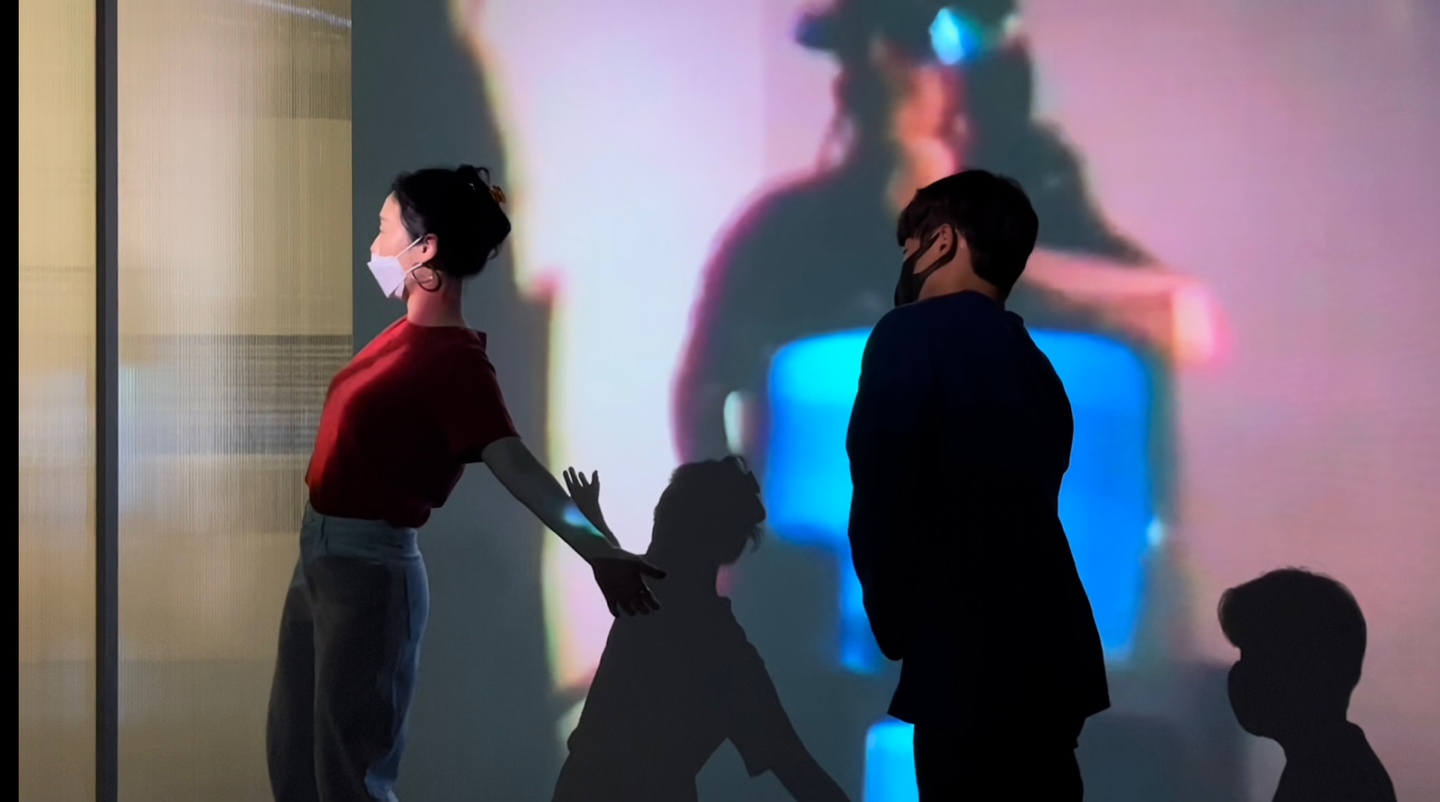
Ro Kyung Ae, See. Touch. Exist.

2022, single channel video, 6min, color, sound.
Ro Kyung Ae, in collaboration with Kim Myoung Shin and Cheon Young Jae, explores the act of ‘seeing’ while experiencing a Virtual Reality (VR) app, and she expresses it through the movement of body. In a virtual world, all experiences are mediated through the vision. We can touch any object as if it exists in the reality, but it is a mere phenomenon of your body ‘visually’ touching the boundary of object irrelevant to the actual tactile sensation. In addition, in a virtual world, we can touch something and find whether our body really exists or not, only through virtual hands that have replaced a controller. VR experiences seem to evoke all kinds of senses vividly, but they disappear once we close our eyes. They are visible, but non-existent. Ro reverses these senses again, making us think about things that are invisible to us but do exist too. She reveals those to us through other senses hidden behind the VR headset and through body movements previously controlled by VR.
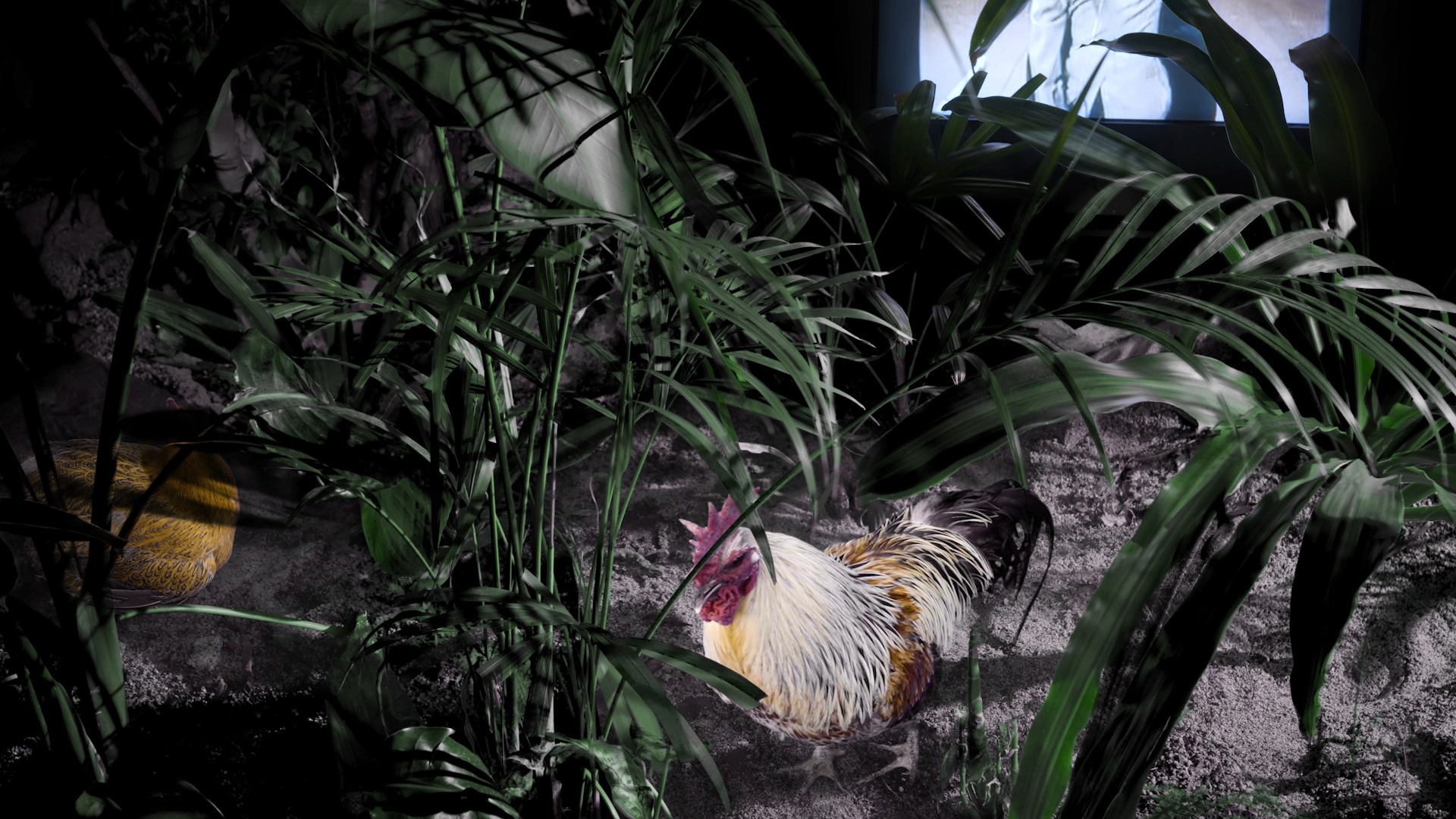
Moojin Brothers, The Trace of the Box – Technicalized Good People

2022, single channel video, 6min, 16:9(FHD), stereo sound.
Moojin Brothers focuses on various beings that have eternal life with technicalized images. The plants and TV screens in Paik’s TV Garden (1974) maintain their current images without dying, rotting, or breaking down through the behind-the-scene maintenance and technological replacement. The chickens, virtually released in TV Garden by artists, are also isolated from other living species or external changes, and live forever free from evolution, reproduction, creation and decomposition. It seems to symbolize a future utopia in which the ecosystem is won over and maintained by technology. The chickens may be real like the plants in TV Garden or virtual images as the images on the TV screens. The only clear thing is that they are easily replaced by cloning technology or safely preserved with mechanical equipment. In this kind of world, humans remain as “good people” who do not need to consume chickens or cage them for breeding. By borrowing the voice of artificial intelligence in the video, the artists ask humans who accept a technicalized life without any resistance if such an immortal life is what they really want to manifest with technology.
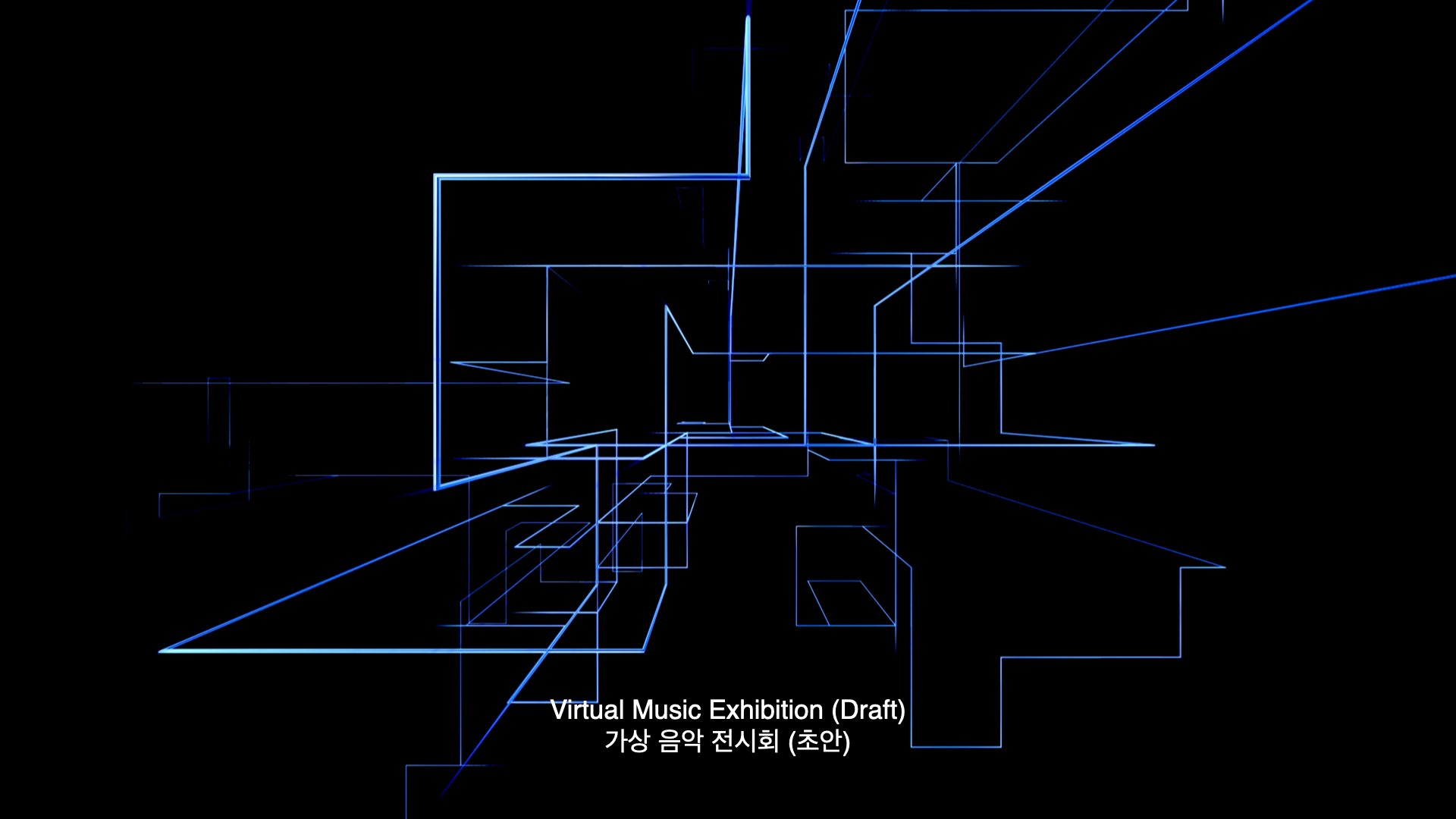
Park Seungsoon, Virtual Music Exhibition (Draft)

2022, single channel video, 4min, color, sound.
Park Seungsoon imagines a virtual world of future composed of sound as an alternative to the current technology of virtual reality that relies on a single sense of ‘vision.’ In homage to Paik’s Exposition of Music that exhibited music in a physical space to encourage free participation and performance by the audience, Park designs a space for the exhibition of ‘virtual music.’ In this space, the audience can assume their own location or the size of the space only through the sounds around them without being able to see anything. In fact, the unclear auditory information gives a flexible reconstruction of the space depending on one’s backgrounds and imagination. For example, in the world of virtual music, the sound created by a vacuum cleaner can be imagined as the sound of an airplane, creating an illusion of floating in the sky. The audience can change and cross the space freely as a composer and architect, using music as a material. It even suggests the world of ‘Web 3.0’ in which personalized information can be selected amid the overflowing data as if assembling blocks.
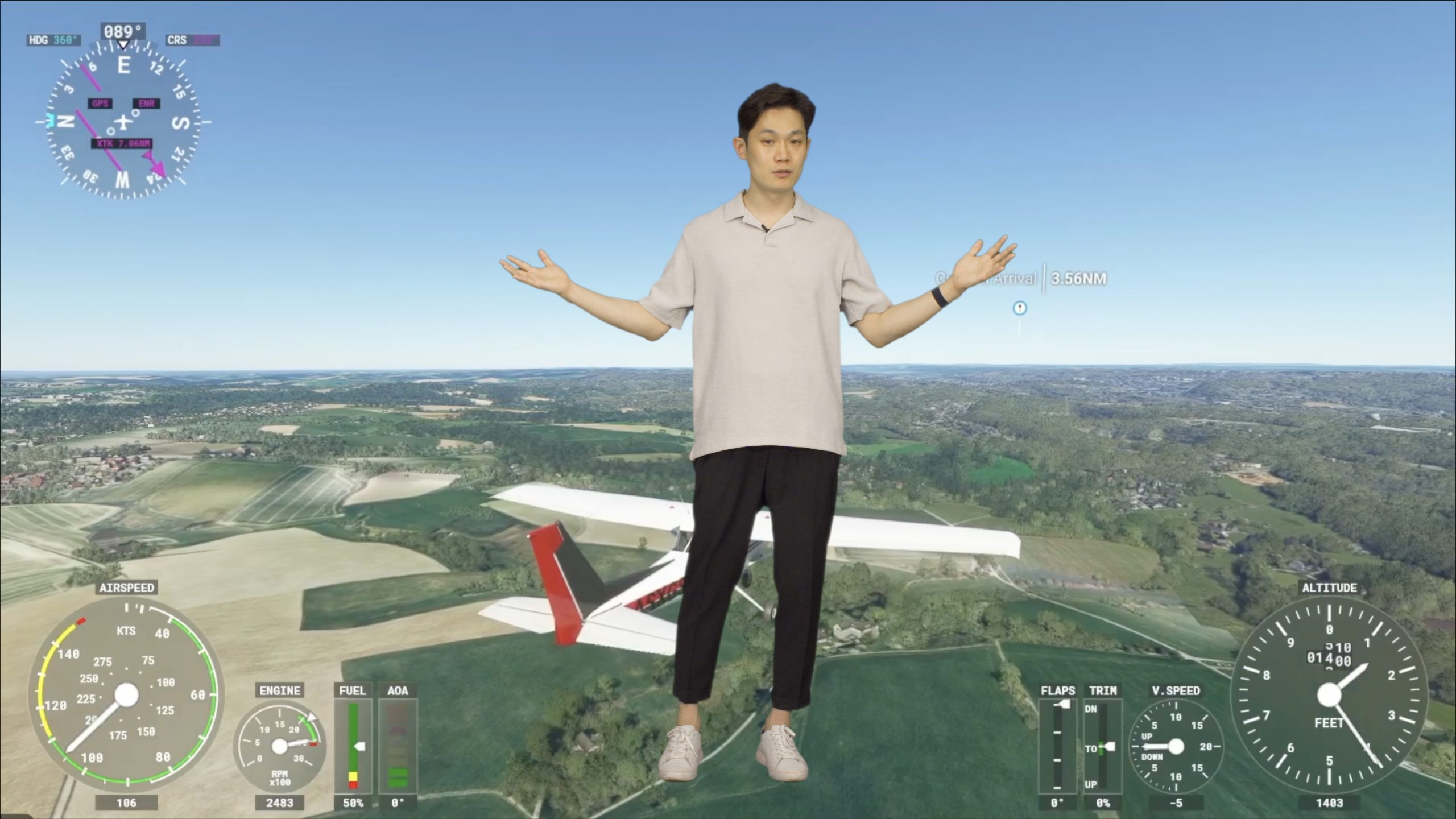
Heo Daechan, Waypoint: Wuppertal, Gwacheon, Yongin and

2022, single channel video, 35 min, color, sound.
Waypoint is a military term used in the 1980s when ‘Global Positioning System (GPS)’ was first introduced to refer to a specific point a pilot must mark and pass through during a flight. Having been applied to games, its meaning expanded to imply a coordinate that players can mark to automatically process commands without having to control their characters. With the waypoint function, players can freely share and communicate their opinions with each other while planning their route. Starting from Wuppertal in Germany, where Paik’s first solo exhibition (1963) was held, Heo Daechan creates a route to land in Exposition of Music, Do It Together! (2022) at Nam June Paik Art Center in Yongin passing through Memories of Wuppertal (2007) held at MMCA in Gwacheon, derived from Paik’s first solo exhibition. Through a game called ‘Flight Simulator 2020,’ Heo takes the audience on a virtual flight through temporal and spatial axes along these locations as waypoints. Within the game scenes as backgrounds, Heo talks to the audience while interpreting and connecting the technological, cultural and social layers at each point.
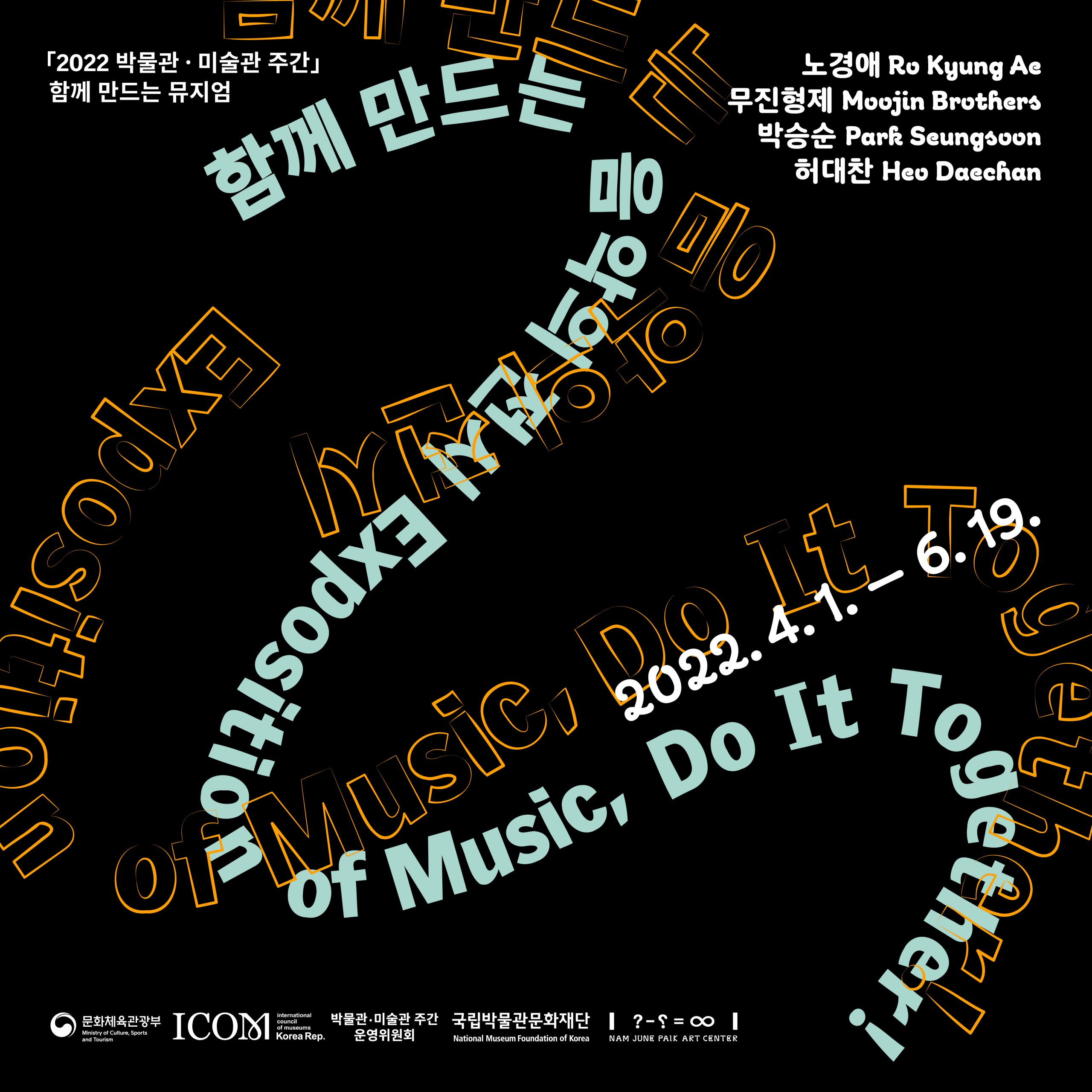
Exposition of Music, Do It Together! Poster



